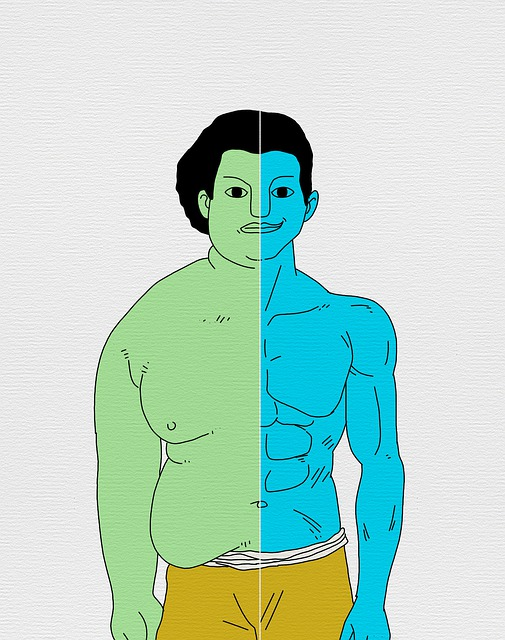How To Tell If you're Making Progress Working Out?

When you think about whether or not you are making progress in working out at the gym, it can be defined in many different ways. Most people tend to think about the aesthetic aspect, have you lost a few pounds, but is the weight loss due to dropping body fat or are you losing muscle mass too? Depending on how your workouts are managed, it can be a challenge to ensure that you are moving your fitness journey in the right direction.
Defining the goals you have before you start your fitness journey can help you in assessing whether or not you are making progress, some of the principal goals that we hear most from our clients are:
Weight loss
Getting stronger
Reducing fat
Reducing pain levels
Improved sleep
Establishing a healthier routine
Higher energy levels
Positive quality of life
Answering The Question; Am I Making Progress In The Gym?
Progress is measured incrementally. It has a major role in the whole fitness journey but it can be hard to measure. Whether your goal is workout more, lose fat, build muscle, establish a healthy routine, improve your quality of life, live pain free or with more positive energy, it is important to measure your progress. Your time is valuable, so making progress in the gym means optimising the way you spend your time when you are training during each workout. After all, you have carved out this sliver of time every day or every week to workout, it is important to get the most out of it and perform at your maximum on a consistent basis.
In this article we will help you accurately account for the progress you are making whether it is your fitness level or your body. Weight loss is of course the number one thing that most people come to the gym to achieve and tracking weight loss can be quite easy given that most of us have a scale that we can use to assess our physical weight. The number on the scale belies the difference in body fat and muscle, did you know that muscle tends to be more dense than fat, which means that as you put on more muscle your overall bodyweight may increase. A kilo of muscle weighs the same as a kilo of fat, but the difference in density means that as you put on muscle it will weigh more so it is important to keep that in mind.

Is Weight Loss about the Number on the Scale or Body Fat Percentage?
This is one of the biggest reasons many people believe that working out, including lifting weights, might encourage weight gain. It is important to consider that any additional body mass could result in higher blood pressure, but if your weight stays the same and the makeup of your body weight changes in terms of fat vs muscle ratios then you will be healthier and notice the difference in terms of your health. Tracking your progress in the gym should have different elements, one of these is your weight, the other has to do with exercise and reps you are doing in in your workouts.
Track Your Weight As Part Of Your Routine
It can be a pain to track the exact number of pounds you have lost, but to make a success of your fitness journey you have to track the progress of your weight. This will help to keep you accountable in terms of diet and what you are eating outside of the gym. If your gym has a body fat measurement scale such as the Inbody machine this can help you measure not just your weight but the breakdown between bone, muscle and fat.
Use Exercise To Check If You Are Making Progress
Another great idea that we use when working with our clients is the concept of benchmarking fitness level. Creating a fixed workout with sets and reps that are designed to track the overall fitness level and measure the results each month. These workouts can be a great way of understanding your overall fitness level, endurance and whether or not you are getting stronger. An example of one of these workouts to track your fitness progress would be to set your timer for 60 seconds and measure how many you can do:
- Burpees
- Press Ups (proper form)
- Sit Ups
- Air Squats
Make a note of how many reps you managed in all the exercises so that you know exactly what progress you are making and as you progress in your fitness you should notice an increase as your energy and health improve and your muscles strength increases.

